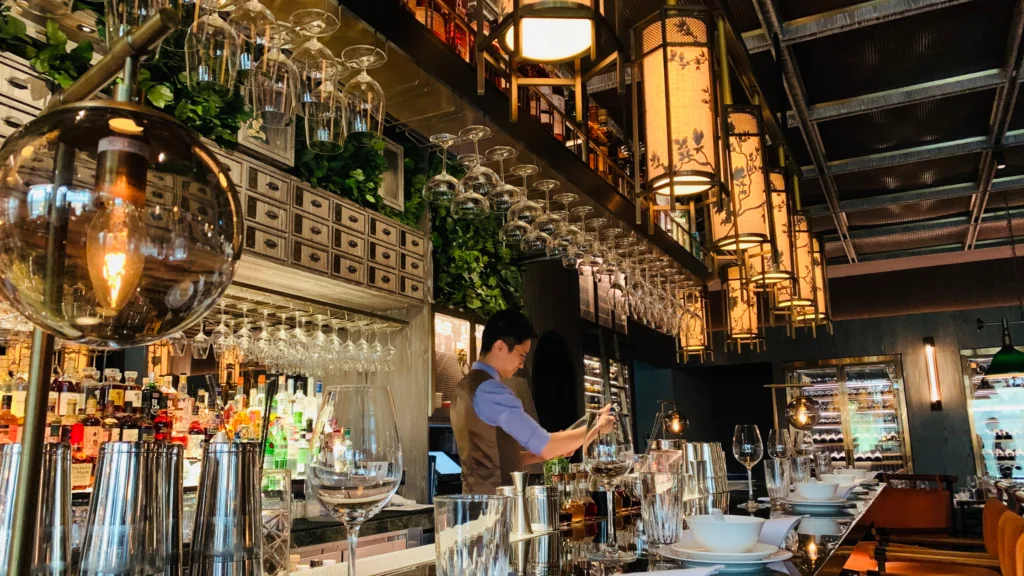You’ve tasted success with your restaurant, and now you’re looking to savor more of it, perhaps by adding more seats, sprucing up the décor, or even taking a leap to open a brand-new location. As enticing as expansion can be, it often comes with a side dish of financial challenges. How do you fund this
You shouldn't run personal expenses through your restaurant for multiple reasons, but here are the top 5:

















